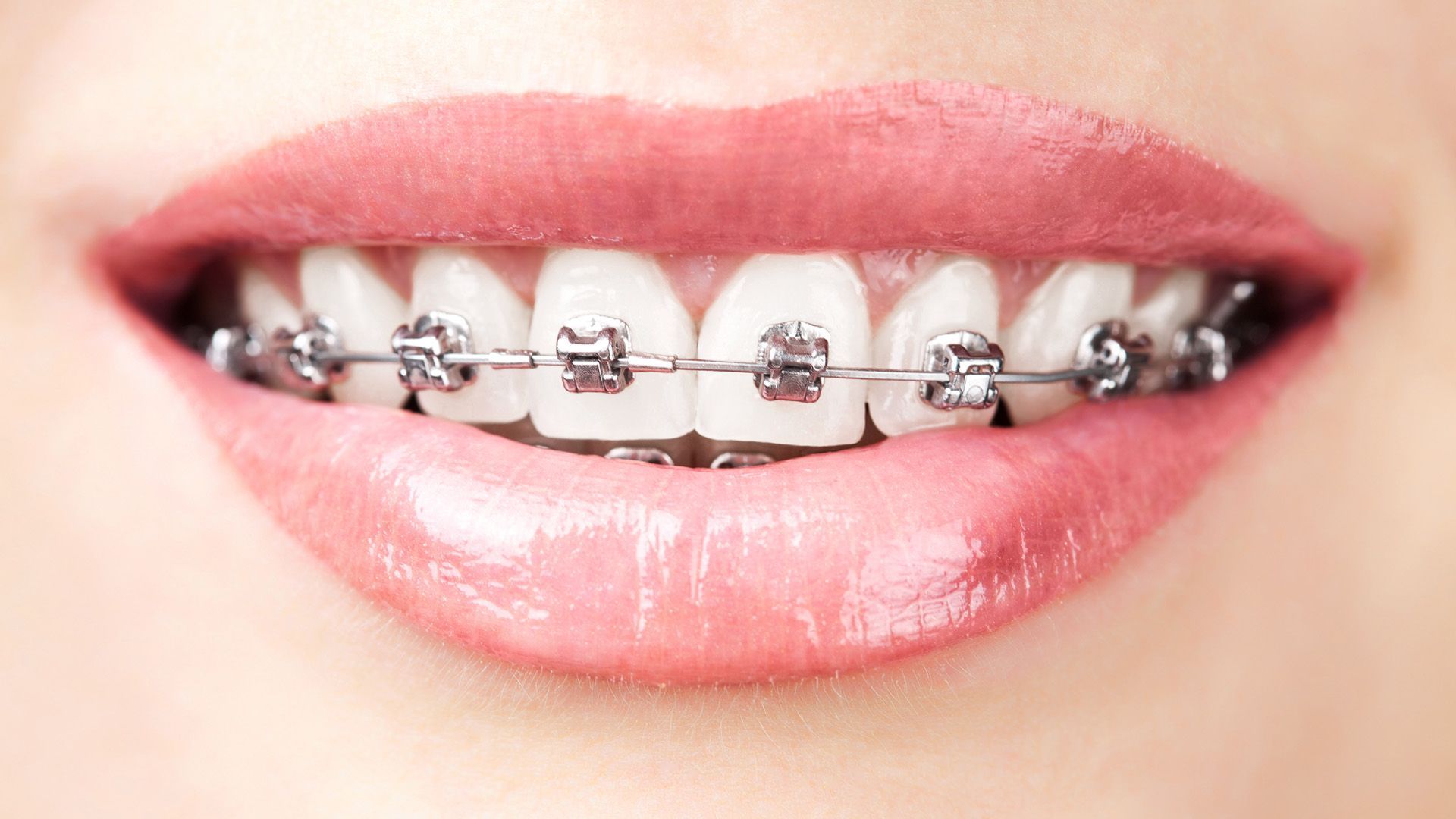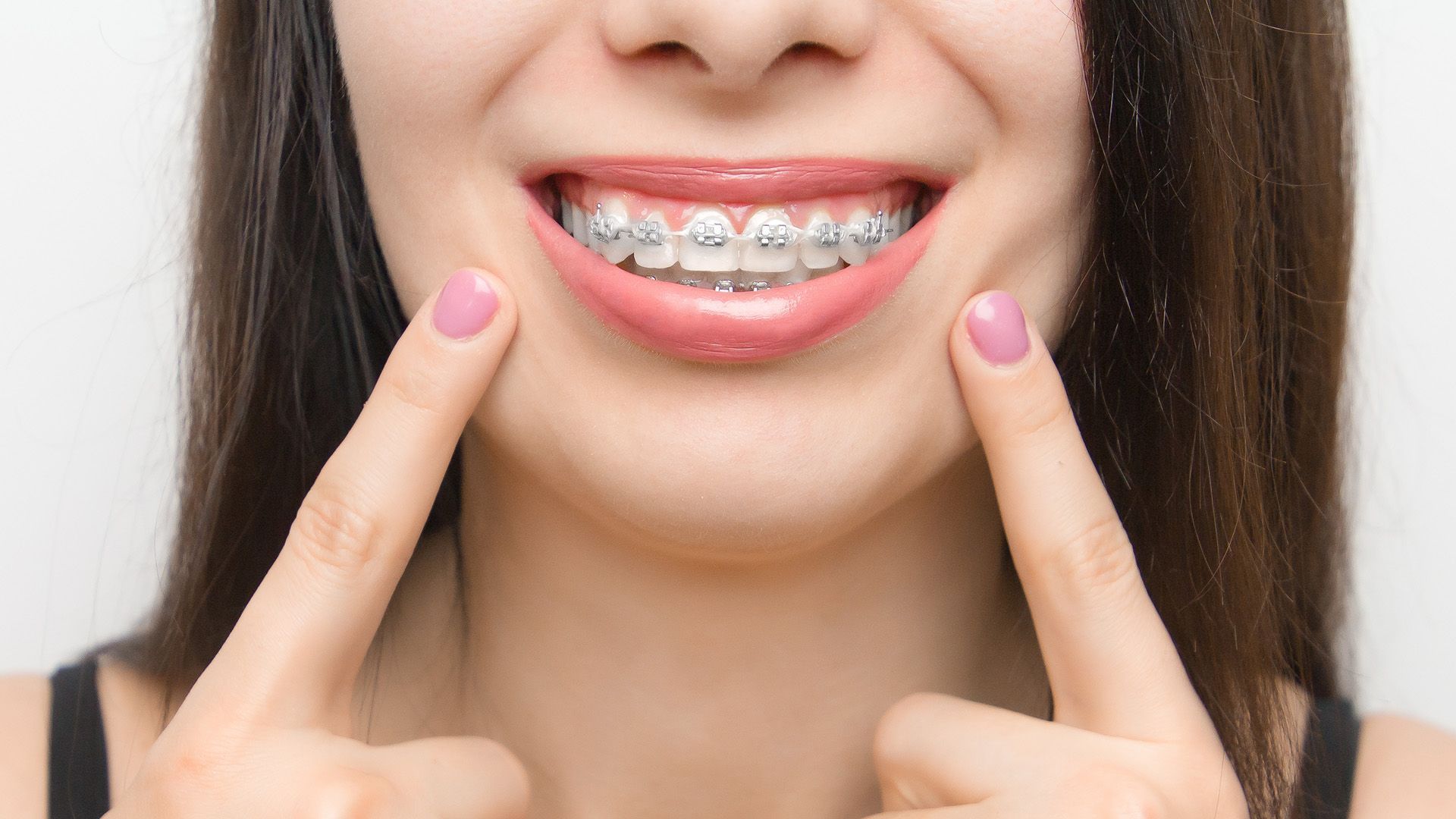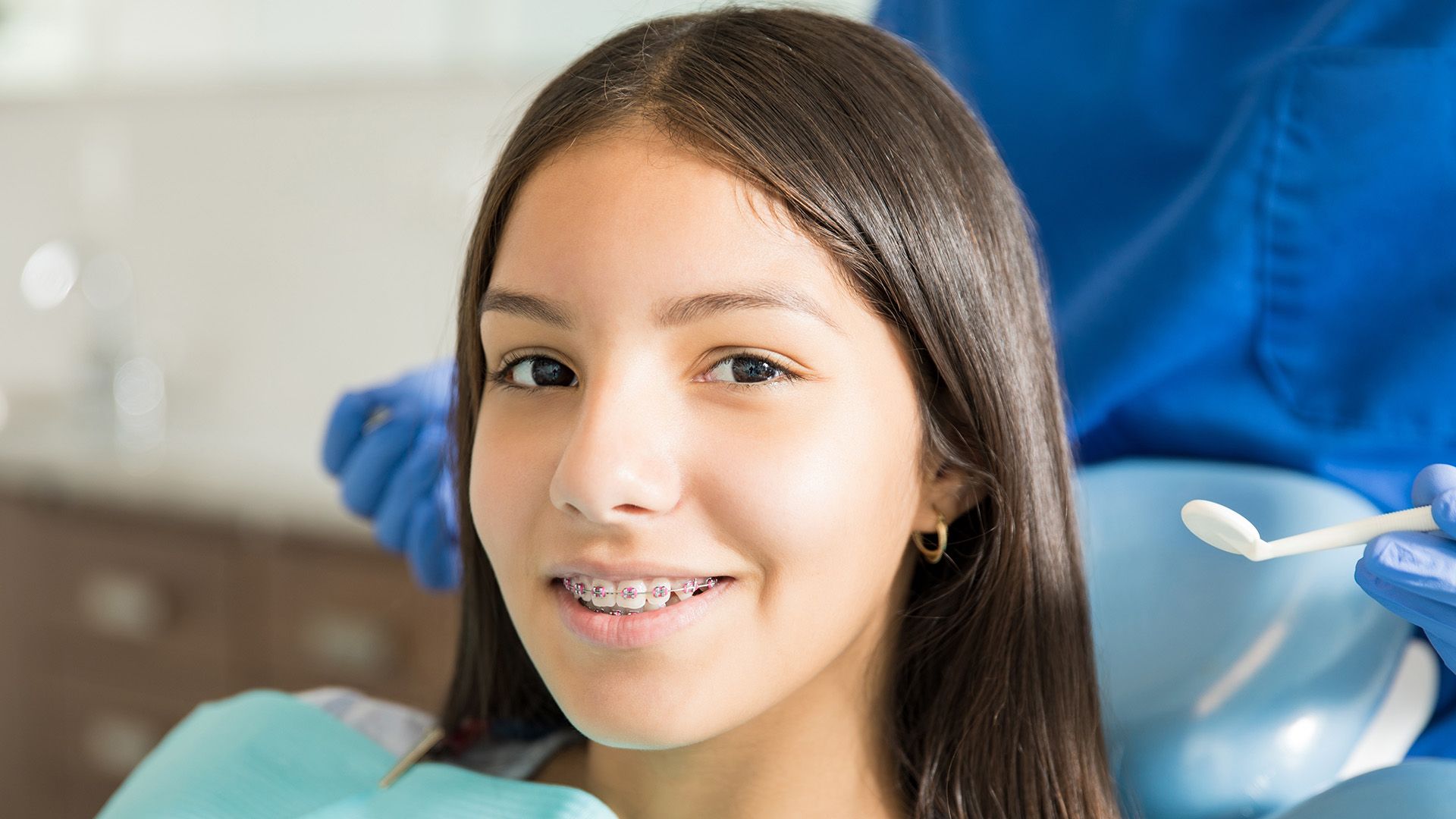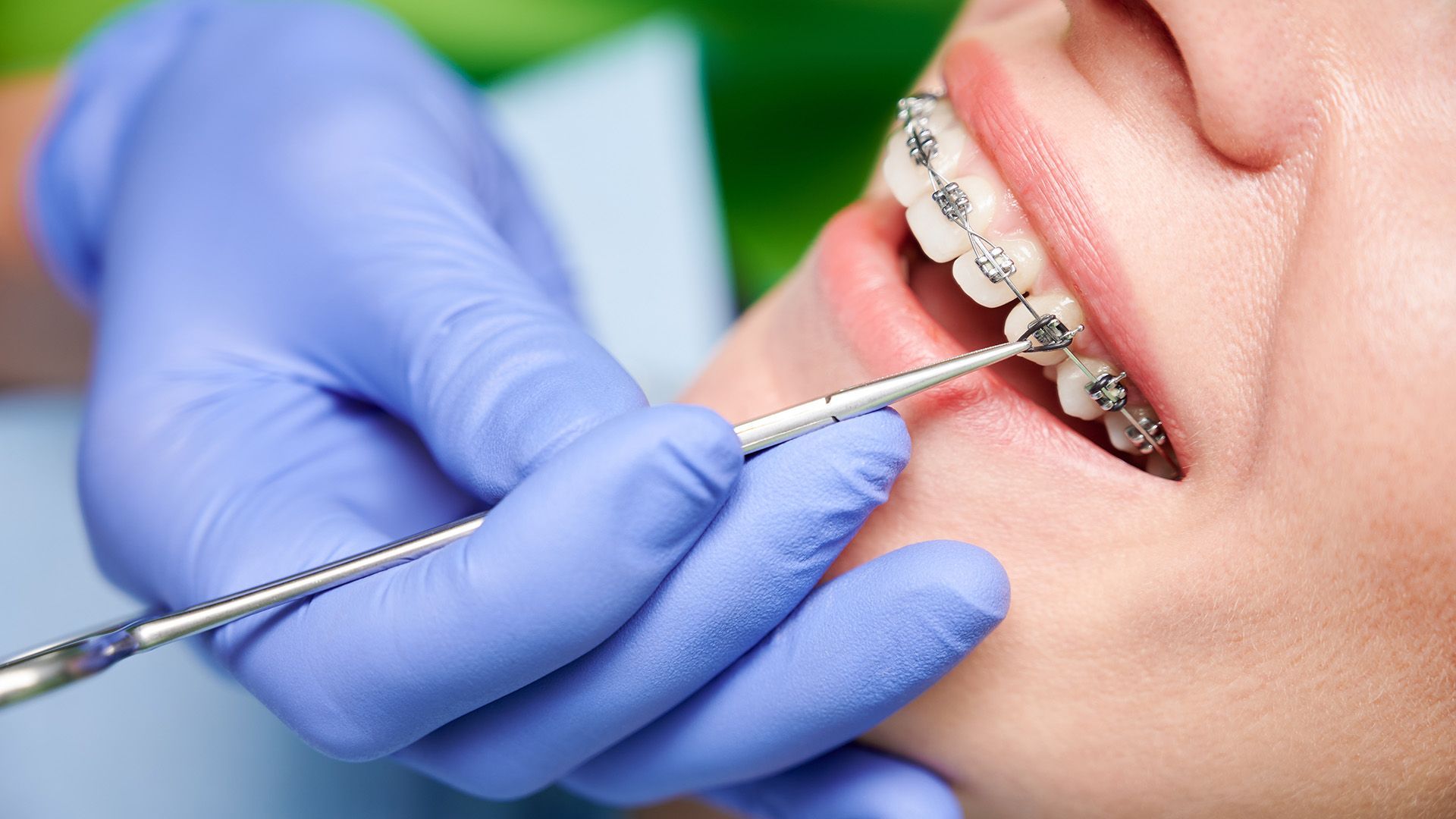How to Handle Braces Pain Without Medication
Embarking on the journey to a healthier, more attractive smile with braces is exciting, yet it often comes with some discomfort. Many people experience pain after getting braces or following adjustments and seek ways to alleviate it. Thankfully, effective strategies exist to learn how to handle braces pain without medication. This guide will provide insights into understanding the causes of discomfort, exploring natural remedies, and adopting practical tips. With the right approach, you can smoothly navigate the adjustment period, maintain your oral health, and enjoy the benefits of orthodontic treatment.

Understanding Braces Pain
Experiencing braces soreness is common for many undergoing orthodontic treatment. The discomfort primarily results from the pressure applied to the teeth as they gradually shift into their desired positions. This pressure can cause various sensations, from mild soreness to more intense discomfort, depending on an individual’s sensitivity and the specifics of their treatment.
It's crucial to distinguish between the initial pain when braces are first applied and the pain felt after adjustments. Initially, teeth and gums are especially sensitive as they adapt to the new appliances, with this discomfort typically lasting a few days. In contrast, pain after adjustments occurs as the orthodontist tightens the wires, creating a sensation of pressure that varies in intensity based on the adjustment's extent.
Common symptoms of braces pain include tenderness in the teeth, soreness in the gums, and occasional headaches. Some may find chewing difficult or experience a general feeling of tightness in their mouths. Understanding these aspects of braces pain helps individuals prepare for their orthodontic journey and explore effective ways to manage discomfort naturally.
Natural Remedies for Braces Pain Relief
Handling braces pain can be challenging, but several natural remedies can provide relief without medication. One effective approach is cold therapy. Applying ice packs to the cheeks can numb the area and reduce swelling. Additionally, consuming cold foods like yogurt, smoothies, or ice cream offers soothing relief to sore gums and teeth.
Warm salt water rinses present another simple yet effective remedy. By mixing a teaspoon of salt in a glass of warm water, you create a solution that helps reduce inflammation and promote healing in your mouth. Swishing this solution for about 30 seconds offers immediate soothing effects, making it a valuable addition to your daily routine, especially post-adjustments.
Herbal teas also play a significant role in alleviating braces soreness due to their calming properties. Chamomile and peppermint teas are particularly beneficial, as they provide warmth, comfort, and contain natural anti-inflammatory compounds that ease discomfort. Sipping these teas can offer a relaxing ritual, giving you a moment to unwind while addressing your braces pain naturally.
Practical Tips to Minimize Discomfort
Learning how to handle braces pain without medication is achievable with practical strategies. One of the most effective methods to ease the pain from braces is focusing on your diet. Incorporating soft foods into your meals can significantly reduce the strain on your teeth and gums. Opt for items like yogurt, smoothies, mashed potatoes, and soft fruits, which are gentle on your mouth while providing necessary nutrition.
Orthodontic wax is another useful tool in your orthodontic journey. This wax acts as a protective barrier between your braces and sensitive areas of your mouth. If you experience irritation from brackets or wires, applying a small piece of wax to the affected area can prevent painful abrasions and allow your mouth to heal more comfortably.
Maintaining good oral hygiene is crucial to minimizing discomfort. Braces can trap food particles and plaque, leading to irritation and potential gum inflammation. Be sure to brush and floss regularly, using tools like interdental brushes or floss threaders to reach hard-to-access areas. By keeping your mouth clean and healthy, you prevent further discomfort and ensure a smoother orthodontic experience.
Lifestyle Adjustments for Managing Pain
Managing braces pain without medication often involves simple yet effective lifestyle adjustments. Stress management is crucial in this context. Techniques like deep breathing exercises, mindfulness meditation, and gentle yoga can significantly alleviate discomfort. Reducing stress allows your body to better cope with pain, helping you feel more at ease during orthodontic treatment.
Heat therapy is another beneficial approach. Applying a warm compress to the outside of your mouth can relax tense muscles and provide soothing relief to areas affected by braces. Heat encourages blood flow, which helps reduce pain and discomfort. Just ensure the compress is warm, not hot, to avoid burns.
Listening to your body and knowing when to rest is essential. Allowing your mouth some downtime promotes healing, particularly after adjustments or when braces feel particularly uncomfortable. Taking breaks from strenuous activities, consuming soft foods, and giving yourself time to relax can significantly impact how you feel. By incorporating these lifestyle adjustments, you can manage braces pain more effectively and enjoy your journey to a beautiful smile.
When to Seek Professional Help
While some discomfort is a normal part of the braces experience, certain signs indicate the need to consult your orthodontist. If you notice persistent pain lasting more than a few days or if the pain intensifies rather than subsides, it's crucial to seek professional guidance. Furthermore, if you observe swelling, bleeding, or an unusual change in oral health, these could signal an underlying issue requiring immediate attention.
Understanding what constitutes excessive pain is essential. Mild soreness after adjustments is common, but if you struggle to eat, speak, or carry out daily activities due to discomfort, this is a red flag. Excessive pain may indicate improperly fitted braces or issues with underlying dental structures.
Regular check-ups are vital during orthodontic treatment. These appointments allow your orthodontist to monitor progress and address any concerns you may have. Missing these check-ups can lead to complications and prolong treatment time. Remember, your orthodontist is your best resource for managing pain and ensuring successful outcomes with your braces.













